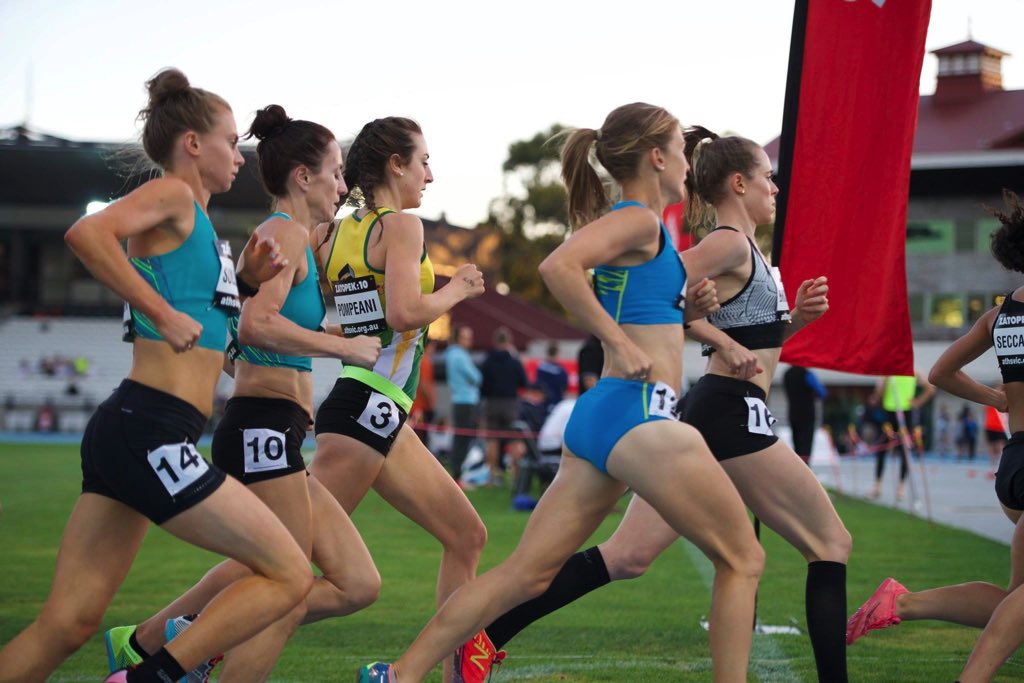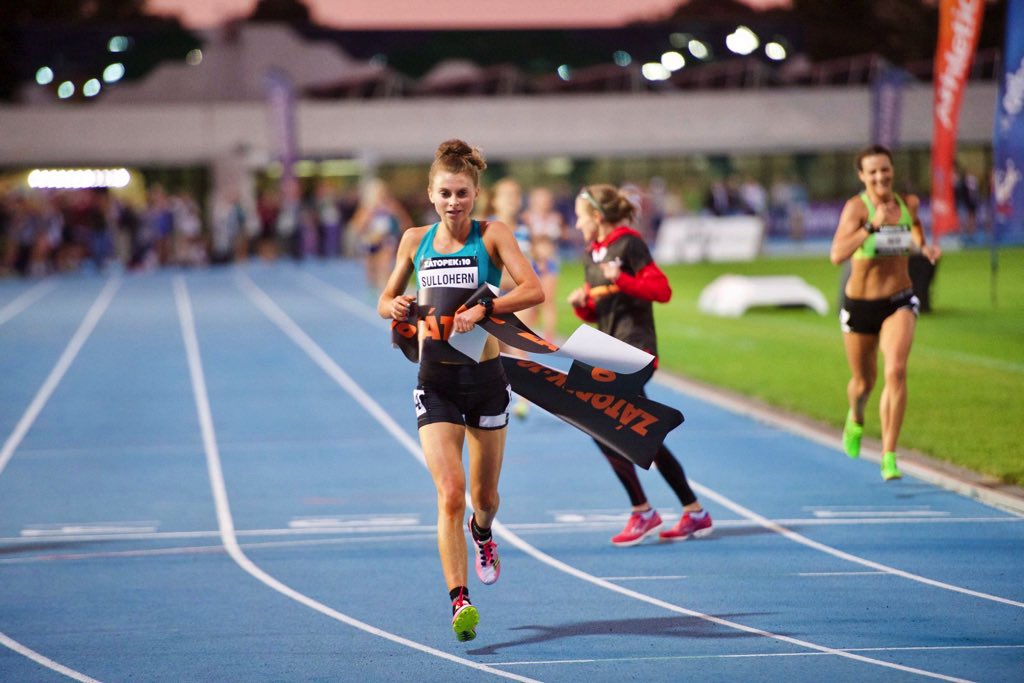A Column By Daniel Quin – Runner’s Tribe
Nearly every training group has an athlete that is seemingly “on” for the sessions and workouts but then fail to live up to that form in races. Conversely, some runners race better than their training form would suggest they should. What is going on?!
Before considering the influence of mental toughness it is necessary to address physical training. Shaun Creighton (National record holder, Olympian) spoke about this in a recent Inside Running Podcast. He was of the view that many athletes run too hard in training and can’t go to the next level in races. He felt that maximum physical and psychological effort, 5th gear, should only be reached in races. At a physical level this ensures an athlete recovers between workouts and is well rested for races.

Most athletes broadly understand the principle of rest and recovery. But some athletes put more effort and have better performances in training. One possible explanation for this is that an athlete who regularly goes too hard in training is not mentally tough. Instead, their all out training efforts betray a lack of discipline or clarity in what they are trying to achieve in training.
Below is the “4C’s Model of Mental Toughness” and I discuss how these can effect training and racing in more detail.
| Component | Description | Strategy for improvement |
| Control | The ability to handle lots of things at once and remain influential rather than controlled. | Training in the presence of distractions. |
| Challenge | Being able to perceive potential threats as opportunities for personal growth and thriving in constantly changing environments. | Increase familiarity with change (new challenges in training) |
| Commitment | Being deeply involved with pursuing goals and striving to achieve them despite difficulties. | Goal setting and goal-achievement. |
| Confidence | The ability to maintain self-belief in spite of setbacks, and not to be intimidated by opponents. | Imagine facing and coming through difficult situation |
Control and Challenge
In our desire to execute the fastest training session we sometimes fail to recognise that training is preparation for racing. For example, in interval sessions athletes often seek ideal wind and temperature, an uncrowded track, specific splits, and coordinate lead-out training partners. Few of these factors can be controlled on race day. Race day contains a fixed location and start time, officials that occasionally make unpredictable rulings, distractions from friends and family, and that is before the race starts!

Yes, a race plan is essential but it needs to be flexible. Also, I’m not advocating that you start training in unpredictable blizzards or seek training partners who “chop” your run but it is important to “go with the flow”. For example, training partners who irritate when they arrive late, unplanned changes in pace, or a stressful day prior to training each present opportunities to practice responding calmly, recall your training goal, and focussed pursuit of your goal.

Commitment
The reasons people train and race are diverse. Fitness, social, personal accomplishment, stress management, and so on. Despite this diversity, if you are concerned about a discrepancy between your training and racing form, you should have clear short, medium, and long-term racing and training goals.
So many times I have heard people dismiss a poor race with: “It was just a training run”. Maybe it wasn’t a key race but preparatory races are just that – preparation. It should follow that every race is an opportunity to practice nutrition, unfamiliar surrounds, and warming-up, dealing with nerves, pushing through flat spots, tactics, and effort. Part of mental toughness is committing to a goal, and even when it gets difficult or boring, sticking to that goal.
An alternative scenario also exists – the PB session. Sometimes athletes get to the training track and start hitting PB times, the adrenaline starts flowing, and the athlete starts actively pursing training PBs. It takes mental toughness, i.e., commitment to clear long-term goals, to remember that one killer session doesn’t bring wins and racing PBs. It is the cycle of run, rest, and repeat over weeks, months, and years that brings desired race PBs.

Confidence
Finally, it is tempting to laud the athlete that charges off the start line at a break-neck speed, gritting his or her teeth in the last third of the race or repetition as mentally tough. In many instances this tactic betrays a lack of confidence or self-belief. It allows the excuse: “at least I had a go” or permits training partners to say: “you made the race, well done”. Extreme examples of this strategy fail into the category of self-sabotage. That is, you have a prepared reason for a potential poor race.
It takes confidence to back your ability and not be distracted by your competitors or the course. It takes confidence to put your foot on the start line, execute a controlled race plan, and not be distracted by competitors or self-doubt.
END
About the Author: RT columnist, Daniel Quin has run numerous Zatopeks, National XC’s, has raced in a Chiba Ekiden, and won a state 5000m and 15km title. In “retirement” he did a marathon. It hurt! He still runs a fair bit. Professionally Quin is a teacher and psychologist, and researching student engagement- Click Here to Learn more. But the best bit for Quin is being a Dad.
















Comments are closed.